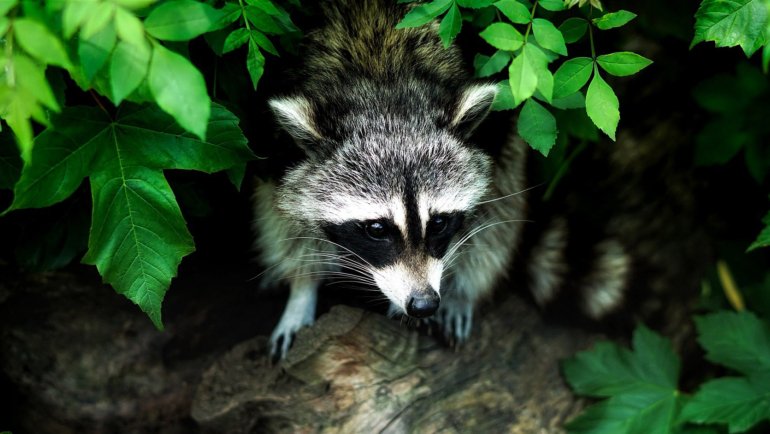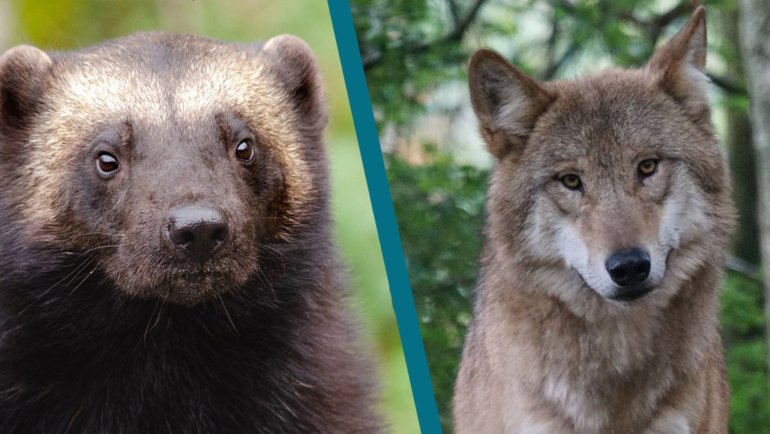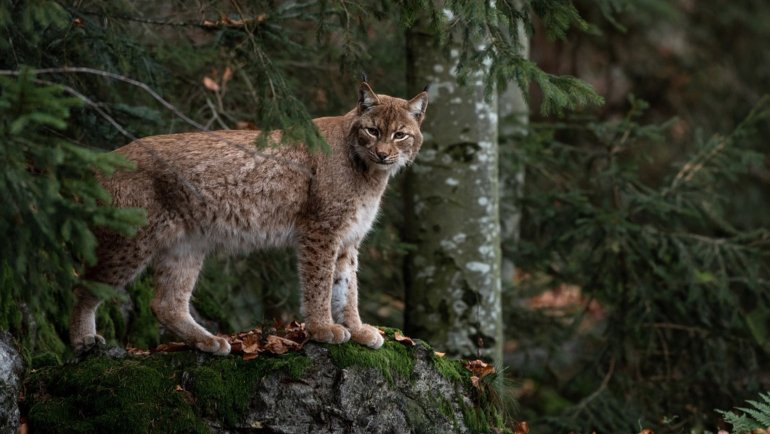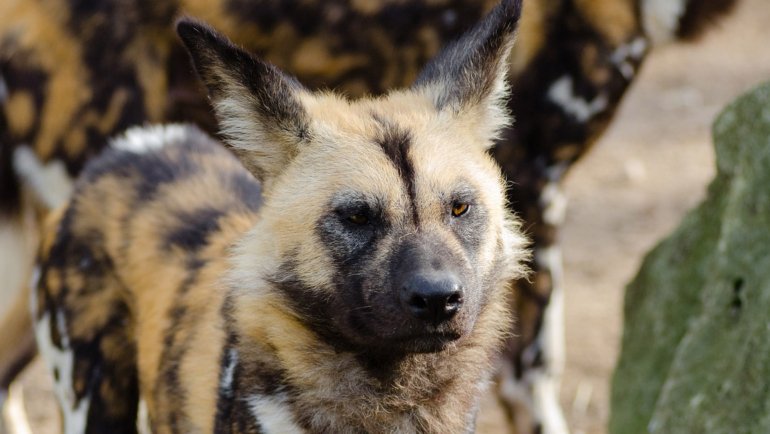The Zebu, often distinguished by its humped back and large drooping ears, is a species of domestic cattle originating from South Asia. These animals are not just a source of agricultural wealth but also a symbol of cultural significance in many societies.
This article aims to explore the Zebu in depth, shedding light on its unique characteristics, adaptations, and its role in human livelihoods across various regions.
Whether you are an animal enthusiast, a student, or someone interested in agricultural practices around the world, this guide provides a detailed insight into the fascinating world of the Zebu.
The Zebu at a Glance
Classification
| Kingdom: | Animalia |
| Phylum: | Chordata |
| Class: | Mammalia (Mammals) |
| Order: | Artiodactyla |
| Family: | Bovidae |
| Genus: | Bos |
| Species: | Bos taurus indicus |
Essential Information
| Average Size: | Height at the shoulder: 1.0 to 1.4 meters (3.3 to 4.6 feet); Length: 2.1 to 2.6 meters (6.9 to 8.5 feet) |
| Average Weight: | 300 to 500 kg (660 to 1100 lbs), can vary widely |
| Average Lifespan: | 15 to 25 years |
| Geographical Range: | Native to South Asia; widely domesticated and found globally, particularly in tropical regions |
| Conservation Status: | Domesticated |
Species and Subspecies
The term ‘Zebu’ broadly refers to a type of domestic cattle known scientifically as Bos taurus indicus. There are several breeds within this classification, each adapted to different environmental conditions and serving various purposes in agriculture and society.
For instance, the Gir breed, known for its high milk production, originates from India, while the Sanga cattle of Africa are renowned for their drought resistance. These breeds show considerable variation in size, color, and physical characteristics like the size of the hump, horn shape, and ear size. The hump, in particular, is a distinctive feature of the Zebu, storing fat for use during scarce food and water conditions.
The variation in breeds underscores the Zebu’s remarkable adaptability and the role of selective breeding in enhancing traits desirable for different human needs and environmental challenges.
Bos taurus indicus is a subspecies of Bos taurus. In the classification of cattle, Bos taurus, commonly known as the taurine cattle, is a major species that encompasses several subspecies, including both the Zebu (Bos taurus indicus) and the more familiar domestic cattle breeds found in temperate regions, often referred to as European cattle.
Bos taurus cattle, in their broader classification, are domesticated bovines that have been selectively bred for various purposes such as dairy production, meat, labor, and more.
The distinction between the two subspecies – the humpless taurine cattle (Bos taurus taurus) and the humped Zebu (Bos taurus indicus) – is based on physical characteristics, adaptability, and genetic makeup.
The Zebu is particularly well adapted to hot, dry climates, and is known for its heat tolerance, disease resistance, and ability to thrive in challenging environments, making it an essential breed in tropical and subtropical regions.
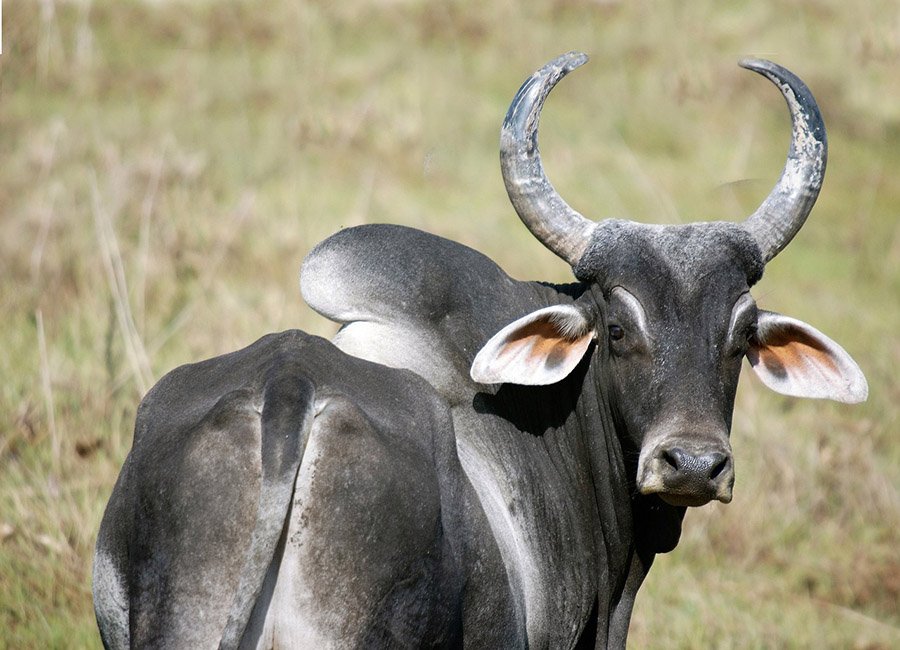
Description
The Zebu, recognized by its distinguishing hump over the shoulders, is an animal of great physical diversity. These cattle generally have a large, muscular frame with a prominent dewlap and large, drooping ears. The hump, composed of fat, is an adaptation for survival in harsh climates, serving as a reserve during food and water scarcity.
Zebus are generally smaller and more compact than taurine cattle, with a height at the shoulder ranging from 1.0 to 1.4 meters. Their coat color varies widely among breeds, ranging from white, grey, and red to almost black.
Apart from the hump, their large ears and loose, wrinkled skin (dewlap) help in heat tolerance. Some breeds have distinctively shaped horns. Their skin is thick and often has more sweat glands, beneficial in hot climates.
Males typically have a larger and more prominent hump, are generally larger in size, and may have more developed horns than females.
Habitat and Distribution
Zebus are originally from South Asia but have adapted to various parts of the world, particularly in tropical and subtropical regions. They are well-suited to hot, arid environments and are widely prevalent in parts of Africa, South America, and Southeast Asia.
This global spread is a testament to their ability to thrive in hot climates and resist diseases common in these regions, making them a preferred cattle breed in many developing countries.

Behavior
Zebus exhibit a range of behaviors indicative of their hardy nature and adaptability. They are diurnal and have behavioral adaptations for coping with high temperatures, such as seeking shade and water to regulate body temperature.
Socially, Zebus form herds with a clear hierarchy, usually led by a dominant male. The bond between mother and calf is notably strong, with mothers being highly protective.
Communication among Zebus involves various vocalizations and body postures. While generally docile, they can display aggression in situations related to territory, mating, or threats. In some cultures, particularly in South Asia, Zebus are integral to certain ceremonies, reflecting their cultural significance.
Diet and Feeding Behavior
The Zebu is an herbivore, primarily feeding on grasses, leaves, and other plant materials. Adapted to a range of environments, they can consume and digest rough forage that other domestic cattle breeds might find unpalatable.
This makes them particularly valuable in arid and semi-arid regions where vegetation is sparse. Zebus graze for several hours a day, and their unique digestive system, characteristic of ruminants, allows them to efficiently process high-fiber food.
They are also known to feed on agricultural by-products, which contributes to their adaptability in various farming systems.
Predators
In their native and naturalized habitats, Zebus face predation primarily from large carnivores such as tigers, leopards, and hyenas. The calves are more vulnerable to predation than the adults.
In response, Zebus have developed a protective herd behavior, where they form a circle around the young, with the adults facing outwards to deter predators.
However, in many parts of the world where they have been domesticated, the threat from natural predators is significantly reduced due to human protection and habitat changes.
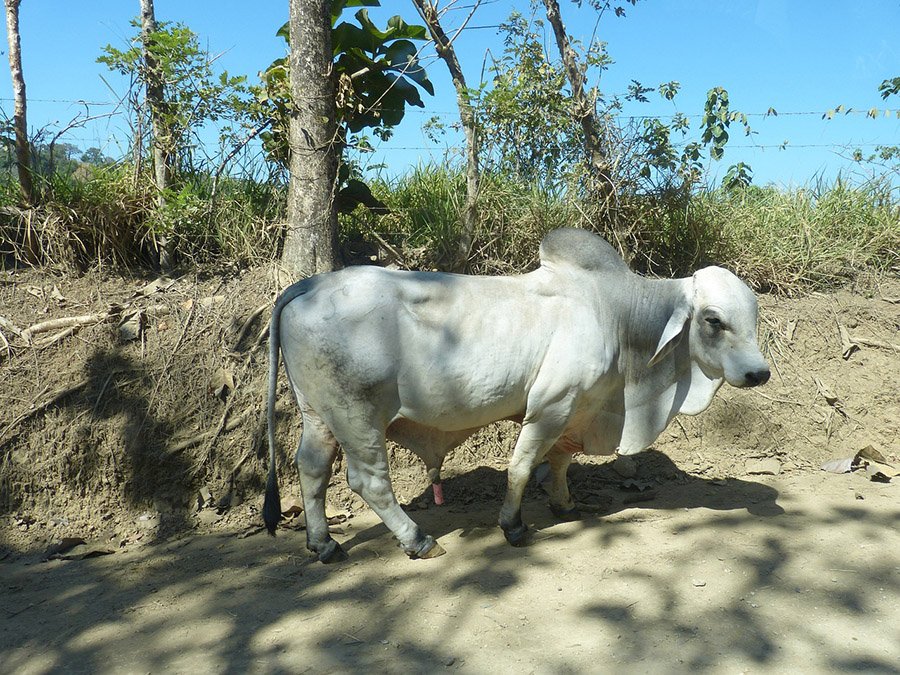
Reproduction and Life Cycle
Zebus have a similar reproductive process to other cattle breeds. They are polygynous, with a dominant male breeding with multiple females in the herd.
Breeding can occur throughout the year, but some regions have specific breeding seasons influenced by environmental conditions. The gestation period lasts approximately 285 days. Typically, a single calf is born, although twins are possible but rare.
Calves are nurtured by their mothers, who provide milk and protection. The weaning period varies but usually occurs around six to nine months of age.
The social structure within herds plays a crucial role in the upbringing of the young, with other members providing additional protection against threats. The calves grow relatively quickly, reaching sexual maturity around two to three years of age, although this can vary depending on the breed and environmental conditions.
Conservation and Threats
As a domesticated species, Zebus are not typically considered in terms of wild conservation status. However, there is a growing recognition of the importance of conserving the genetic diversity within Zebu breeds. This diversity is crucial for maintaining the resilience of cattle populations to changing environmental conditions and diseases.
Here are some threats faced by Zebus:
- Genetic Erosion: Crossbreeding with other cattle breeds can lead to a loss of unique genetic traits.
- Habitat Changes: Changes in agricultural practices and urbanization impact the traditional grazing lands of these cattle.
- Disease: Like all livestock, Zebus are susceptible to various diseases, which can be exacerbated by poor management practices.
Many countries have initiated programs to preserve traditional breeds and their unique genetic traits. Encouraging practices that maintain the health and well-being of these cattle, thereby preserving their longevity and productivity.
Fun Facts
- Heat Resistance: Zebus have a higher tolerance to heat and humidity compared to other cattle, thanks to their genetic adaptations and physical traits like the large hump and loose skin.
- Ancient Lineage: Zebus are one of the oldest domesticated cattle breeds, with evidence of their use in agriculture dating back over 6,000 years in South Asia.
- Cultural Icon: In many parts of the world, especially in India, Zebus are revered and often associated with religious and cultural ceremonies.
- Global Presence: Despite their origins in South Asia, Zebus are now found on every continent except Antarctica, showcasing their incredible adaptability.
- Versatile Utility: Zebus are not just used for meat and milk; they are also valued for their strength and endurance in plowing fields and transporting goods in rural areas.
Frequently Asked Questions
How do Zebus cope with extreme heat?
Zebus cope with heat through their unique physical adaptations like the hump, large ears, and loose skin, which help in heat dissipation and storage of reserves.
Are Zebus used for dairy production?
Yes, certain breeds of Zebus are known for their dairy production, although generally less than specialized dairy breeds.
Can Zebus be crossbred with other cattle?
Yes, Zebus are often crossbred with other cattle breeds to combine their heat tolerance and disease resistance with other desirable traits.
What makes the Zebu’s hump distinctive?
The hump of a Zebu is a fat reserve, which helps the animal survive in harsh conditions with scarce food and water.
Do Zebus require special care compared to other cattle?
Zebus are relatively low-maintenance in terms of care, especially in warm climates, due to their adaptability and hardiness.
